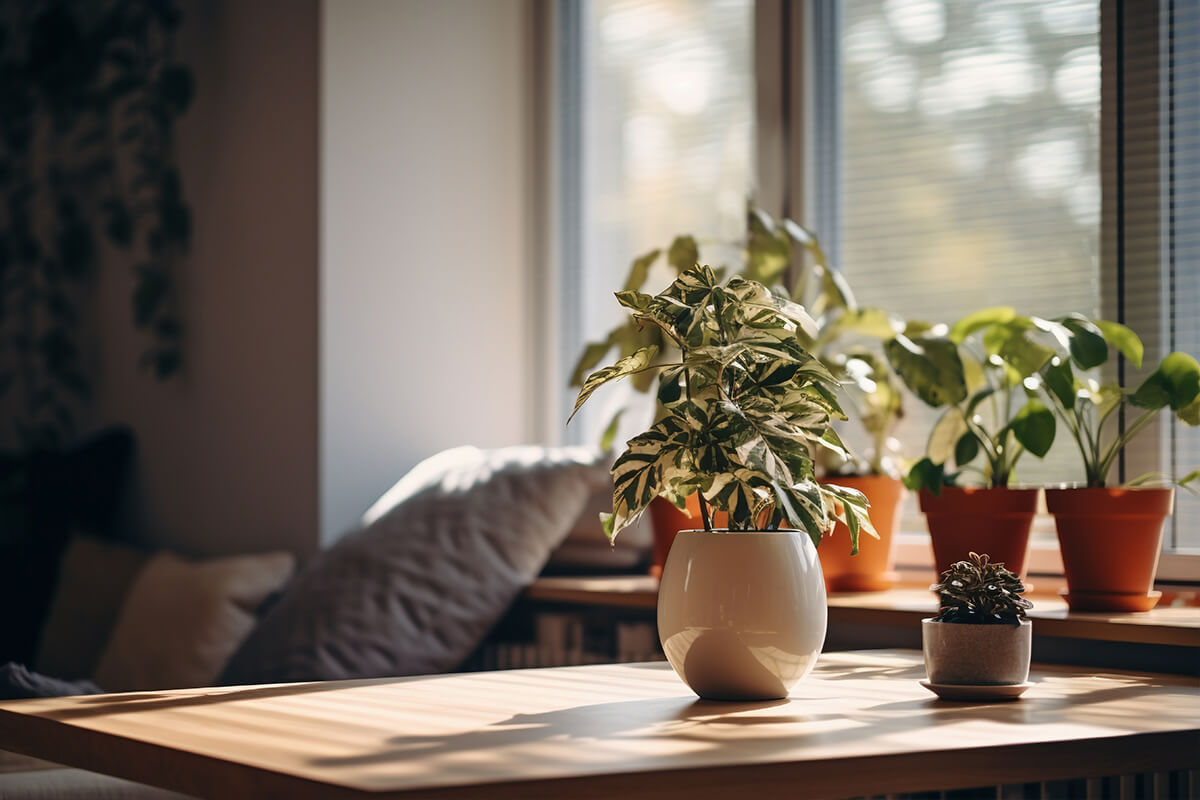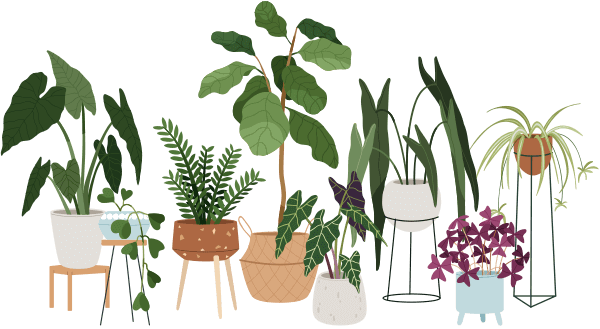Blushing bromeliad (Neoregelia carolinae) is a delightful, brightly colored plant known for its striking foliage and the blush of red in its center when it’s happy. If you’ve brought one home or hope to add a bit of tropical flair to your indoor collection, you might wonder: “How much light does my Blushing bromeliad actually need?” Let’s dig into the friendly essentials for helping your Neoregelia carolinae thrive indoors, step by step.
What Are the Ideal Light Conditions for a Blushing Bromeliad?
The Blushing bromeliad is native to Brazilian rainforests, where sunlight is filtered through tall tree canopies. Indoors, this means your Neoregelia carolinae will thrive in bright, indirect light.
It loves a spot where it gets plenty of natural light — but not harsh, all-day sun beating down directly. If it gets the light it loves, you’ll see those beautiful leaf colors and maybe even that telltale “blush” in the center!
Where Should I Place My Blushing Bromeliad Indoors?
Choosing the right spot is key. Here are some easy guidelines:
- North or east-facing window: These windows get gentle sun, especially in the morning. Place your Blushing bromeliad right on the sill or near the window.
- A few feet from a south or west-facing window: Sun here tends to be hotter and stronger. Place the plant back a couple of feet, or use a sheer curtain to filter the light.
- Avoid dark corners: The Blushing bromeliad won’t thrive hidden away from sunlight.
Try to rotate the pot every couple of weeks for even growth and color.
How Many Hours of Light Does Neoregelia Carolinae Need Each Day?
Aim for 6 to 8 hours of bright, indirect light daily. If your home doesn’t naturally provide this, you can supplement with a simple LED grow light set on a timer. Too much darkness leaves your plant unhappy, but too much direct sun can cause problems, too.
Can My Blushing Bromeliad Tolerate Direct Sun?
Short answer: A little, but not too much!
A small amount of gentle direct sun (like morning sun from an east window) is usually fine, and many Blushing bromeliads will develop a deeper color with occasional sun. But harsh afternoon rays — especially in summer — can scorch the leaves. If you see brown, crispy edges, try moving your plant back from the window or adding a curtain.
Will My Blushing Bromeliad Grow in Shade?
Blushing bromeliads are adaptable, but deep shade isn’t ideal. If the plant sits in a spot where you struggle to read a book during the day without a lamp, it’s likely too dark. Growth will slow, the blush may fade, and the foliage might turn dull green.
How Can I Tell if My Room Is Bright Enough for a Blushing Bromeliad?
Here’s an easy check-list for beginners:
- You can comfortably read a magazine or book in the spot during the day.
- You see defined, but soft shadows on the floor or walls.
- The leaves have vivid colors and the center blush is noticeable.
If you notice:
- Pale, limp leaves
- Little to no new growth
- Faded blush or leaf colors
…it means it’s time to find a brighter spot!
How Can I Mimic Natural Conditions for Neoregelia Carolinae?
You don’t need a greenhouse! Try these easy tips:
1. Diffuse harsh sunlight with a sheer curtain or blinds.
2. Rotate your plant for even light exposure and balanced growth.
3. Supplement with a grow light if your windows are dark—especially in winter.
4. Mist occasionally (if the air in your home is very dry), to mimic rainforest humidity.
Quick Tips: Light Care for Blushing Bromeliad
- Bright, indirect light is best
- 6–8 hours daily
- Avoid strong, direct afternoon sun
- Use sheer curtains or blinds when needed
- Monitor color—vivid blush means happy bromeliad!
In Summary: Happy Blushing Bromeliads Love Great Light
Caring for a Blushing bromeliad (Neoregelia carolinae) is all about getting the light just right. Focus on providing bright, indirect sunlight, watch for signs from your plant, and don’t stress if you need to adjust its position. Every home is different, and your plant will thank you with vibrant color and healthy growth. With a little attention to light, your Blushing bromeliad can be a cheerful, eye-catching addition to your indoor garden for years to come!


